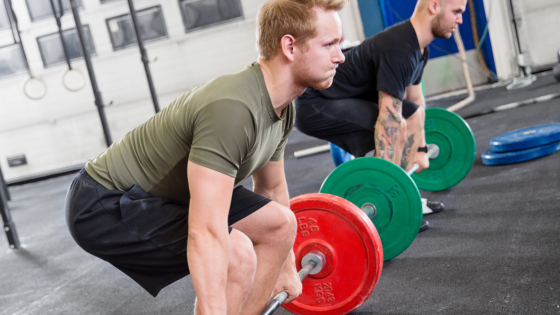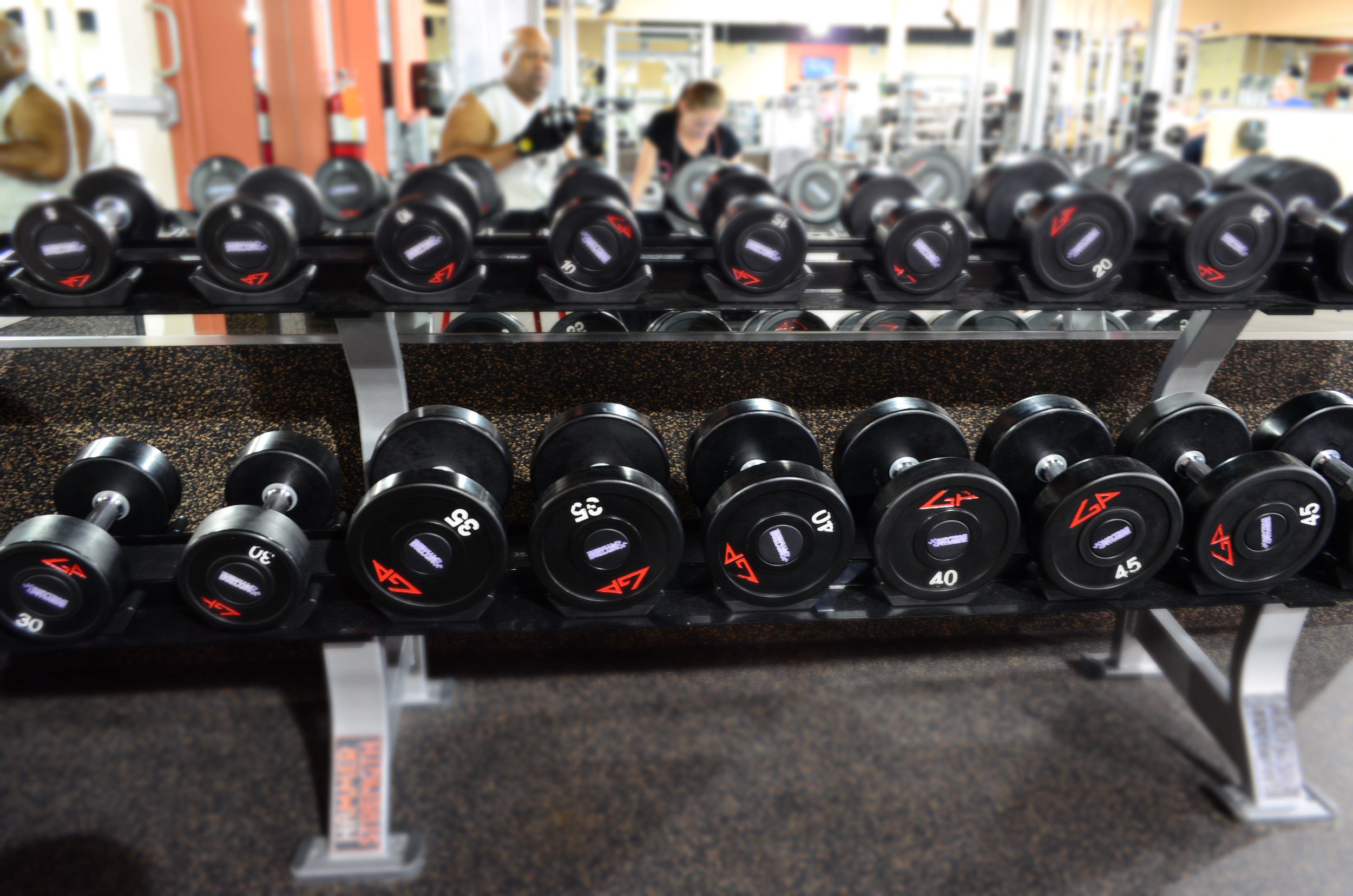

Work Out Smarter, Not Harder
A training program does need to be smart in order to produce long term gains in a safe and effective manner. A well designed program uses periodization, the manipulation of training variables (sets, reps, weight, intensity, etc.), in order to keep workouts challenging over time as you get stronger, and ensure optimal gains.

Why Strength Fluctuates
Strength fluxuations are a natural part of training and aren’t necessarily a sign that you’re not getting stronger or something is wrong with your training program. As long as there remains an upward trend over time, you’re good! Stress, sleep schedule, recovery time, and how much you’re eating can all effect how strong - or not - you are on any given day. Disrupted training, like going on vacation or being sick, can also cause a dip in strength, but these setbacks are usually minor and getting back to your pre-break levels happens relatively quickly. The changes in strength can often be small numbers, too small to be noticed when the minimum weight you add is at least 5 pounds. The use of smaller fractional plates help make the flucuations in strength more clear.

Should You Workout On Vacation?
You don’t need to workout while on vacation. The amount of time people often take for vacations (one to two weeks) is generally not long enough to lose your progress. Even if you do, it’s much easier to get back to your pre-vacation numbers than to get there in the first place. Vacations are supposed to be fun, relaxing, and restorative. You’re not supposed to be going through your normal routine and habits. Taking a break means that you’ll (hopefully) come back to your normal life with enough energy and motivation to make it through until your next break. Traveling, or even vacation days at home, are usually more physical than an average desk job. You’re still moving. However, if it doesn’t feel like enough, a simple workout once a week while on vacation is enough to keep your gains up.

Understanding Grip Strength Regulation
Grip strength autoregulation can be a useful tool in order to maximize your workouts on any given day - grip strength is a good indicator of full body readiness. If your grip strength is good, then you typically do a more challenging workout, versus a low grip strength which may be a sign to hold back or modify your workouts. Generally, grip strength testing is simple and easy to use, but should still be used intelligently in the context of your training program.

Should You Train To Failure?
Training to failure is sometimes heralded as a secret technique for gaining mass and strength, and sometimes demonized as being uniquely likely to cause injury. Here’s what the science says, and how you can effectively implement training to failure in your own training.
